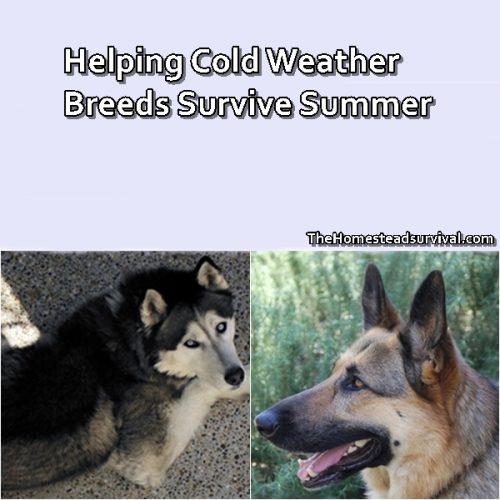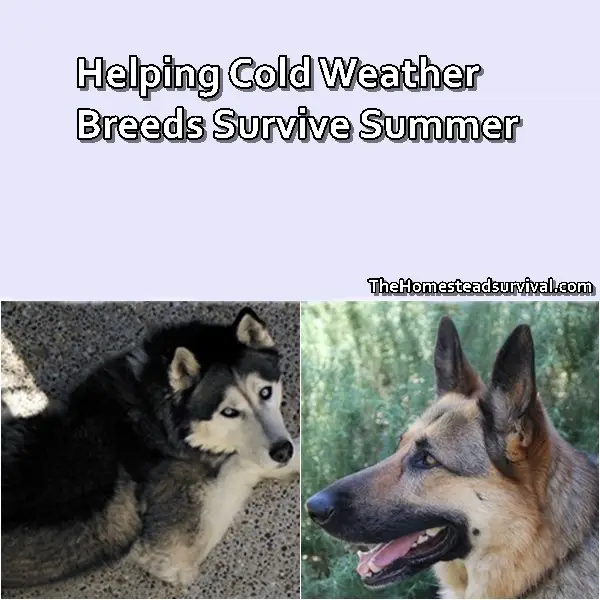Helping cold weather breeds survive summer. Individuals who live in places that are often hot or humid, such as Florida, Texas, and California, may be questioning if they should adopt dogs that are built for colder climates, such as a Husky or Shepherd. When adopting a dog, it’s always recommended to adopt one that fits your lifestyle instead of just adopting the breed you admire.



